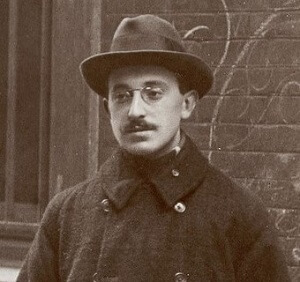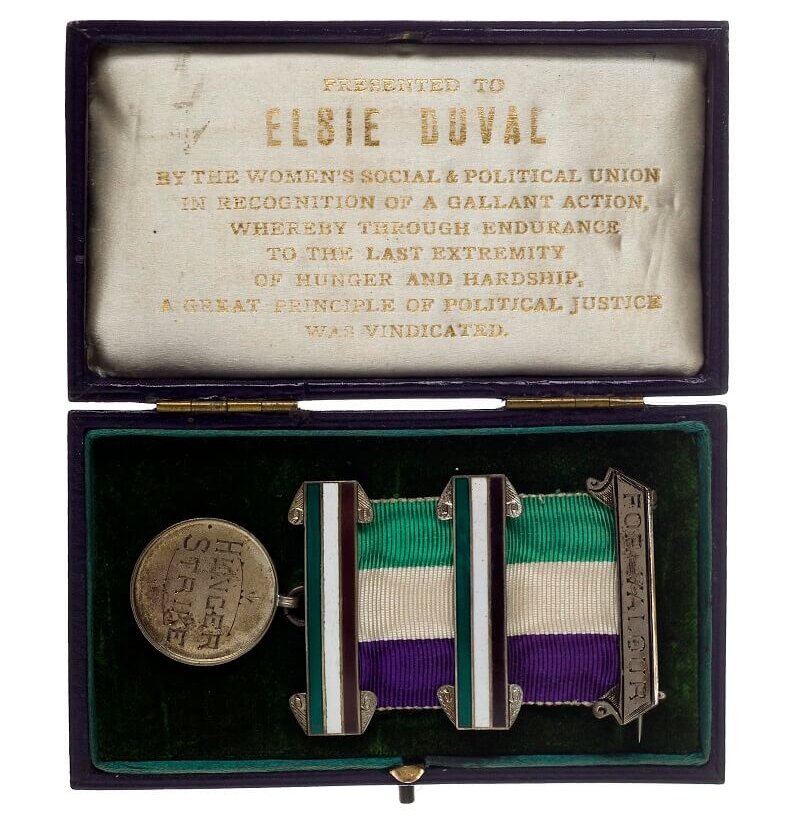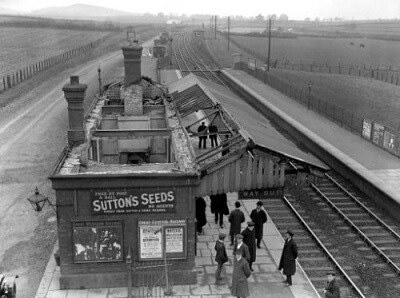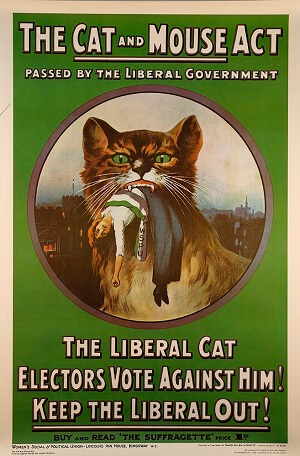Hugh Franklin, the most radical member of the family at Chartridge Lodge
by Alison Bailey

Hugh Franklin was the fourth child of Caroline and Arthur Ellis Franklin of Chartridge Lodge. Hugh Franklin (1889-1962) was born on 27 May 1889 at the family’s London address, 28 Pembridge Villas, Paddington. His father was a senior partner in the banking house of A Keyser and Co, and a director of several companies. Hugh was well educated at the public school, Clifton College in Bristol where he boarded at Polack’s, the Jewish boarding house. He then went up to Cambridge in 1907 to read engineering where he joined the Fabian society and the Independent Labour Party. He joined the Cambridge Men’s League for Woman Suffrage and invited leading suffragists Millicent Fawcett and Laura McLaren, Lady Aberconwy to speak. After finishing his first year at Caius College, he wrote to his father to declare his rejection of the Jewish faith and his intention to switch his studies to economics and sociology. But this was only the start!

Suffragettes

In 1909 Franklin heard Emmeline and Christabel Pankhurst, of the Women’s Social and Political Union (WSPU), speak on women’s suffrage at Queen’s Hall and thereafter devoted all his time to their cause. He started selling suffrage papers and chalking pavements with suffragette slogans in London. In Chesham he helped Emily Brandon (who founded Buck’s only branch of the WSPU) to organise open-air meetings and sold WSPU papers there. He failed his final exams because he was too busy organising the “From Prison to Citizenship” march on 18 June 1910 for the Pankhurst’s. As a man Franklin was unable to join the women only WSPU, so he joined Victor Duval’s Men’s Political Union with Noel Brailsford (who later lived in Amersham) and Henry Harben of Newland Park. He later married Victor’s sister, Elsie Duval, the militant suffragette responsible for many of Buckinghamshire’s “Suffrage Outrages”, probably planned when she was visiting Chartridge Lodge!


However, being a man did give Hugh Franklin the perfect disguise when he decided to go after Winston Churchill, whom as Home Secretary was responsible for police brutality against suffrage campaigners on Black Friday. By 1910 Churchill, HH Asquith and other ministers were always accompanied by bodyguards to prevent them being approached by women who might have something to say about their lack of support for Votes for Women. Whilst travelling on a train to London from Bradford, where Franklin had heckled Churchill at a political meeting, he was able to approach Churchill with a small dog whip whilst shouting “take that you cur for the treatment of the suffragists!”. He was promptly arrested and sentenced to six weeks imprisonment. He also lost his job as the private secretary to Matthew Nathan, Secretary of the General Post Office which he had secured through his uncle, Viscount Samuel, causing much family embarrassment.
Prison

Franklin was imprisoned again in 1911 for throwing rocks at Winston Churchill’s London house, and a third time in February 1913 after he was arrested for setting fire to an empty train in Harrow. This arrest prompted Elsie Duval to set fire to Saunderton Station in Buckinghamshire where she fixed a poster ‘Burning to Get the Vote’ to the railings. This time he was sentenced to nine months in prison, where once again he went on hunger strike and was force fed over 114 times. The ordeal left him so weak that he was released as soon as the Prisoners (Temporary Discharge for Ill Health) Act 1913, known as the Cat and Mouse Act, came into force. He was the first person to be let out under the act. Elsie was the second and they both escaped to Brussels, as Mr and Mrs Henry Forster, where they stayed until war was declared and the suffragettes were pardoned.
War and Family Life
Hugh Franklin’s poor eyesight disqualified him for war service, and he served as clerical officer at the munitions factory in Woolwich. On 28 Sep 1915 he married Elsie, but she died on 1 Jan 1919, from heart failure following Spanish Flu. It is believed that her health was severely affected by her own experience of force feeding. Elsie died at Franklin’s grandfather’s house at 35 Porchester Terrace, supported by other members of the family, including his father, Arthur.
After the War Franklin entered the timber trade but he gave this up for writing in 1931 when he rejoined the Labour Party, perhaps inspired by his politically active sister, Helen Bentwich. In the 1931 General Election he contested Hornsey and in 1935, St Albans, unsuccessfully on both occasions. In 1946. he won a seat on the Middlesex County Council and was active in local politics for many years. He also held office in the New Fabian Research Bureau, the National Executive of the Labour Party and on boards of governors of schools and on hospital management committees. He was also honorary treasurer of the National Council for Civil Liberties.
Franklin’s imprisonment for his militant suffragette offences led him to a deep and abiding commitment to penal reform. In addition to membership of the Howard League, he submitted a memorandum to his uncle, Herbert Samuel, when Home Secretary in 1932, and wrote a play ‘On Remand’. In 1921 Hugh Franklin married for a second time, former suffragette Elsie Constance Tuke. Unlike Elsie Duval, Elsie Tuke did not convert to Judaism which caused the final break with his father, and he was disinherited. The couple settled, apparently happily, into a semi-detached house in East Finchley, North London until Hugh Franklin’s death in 1962.

